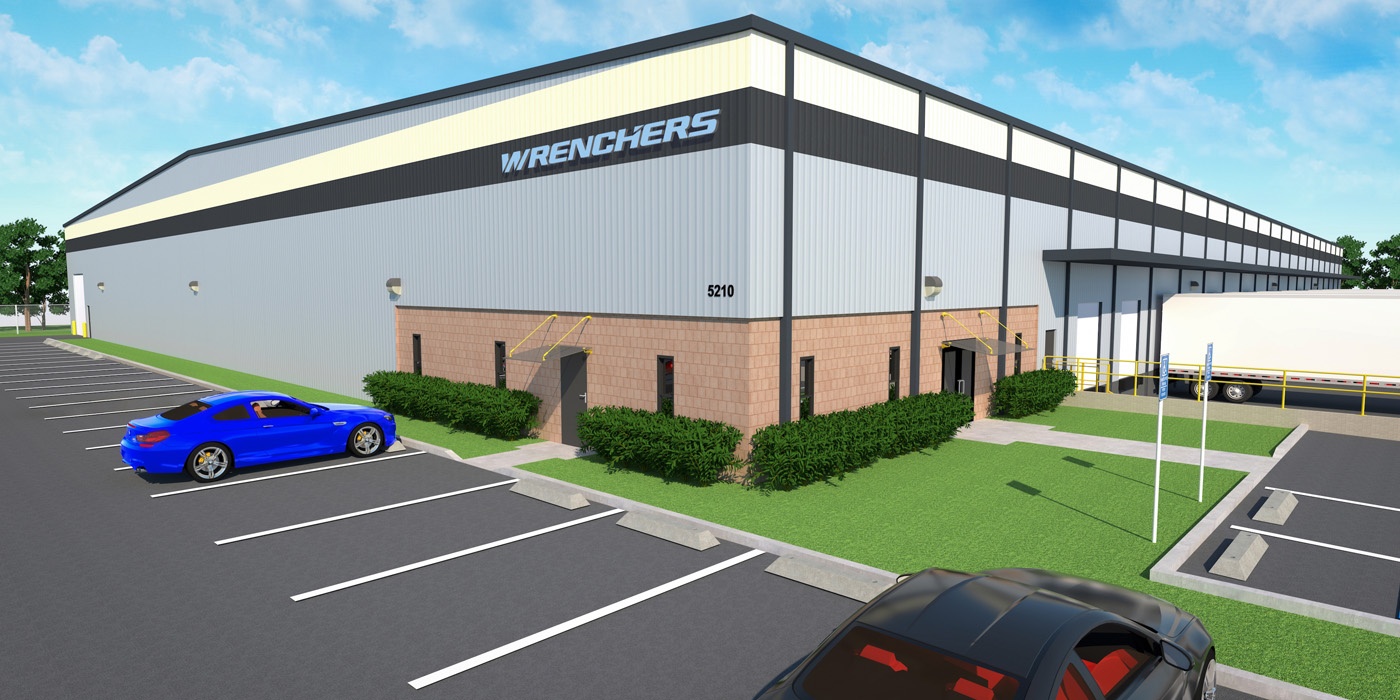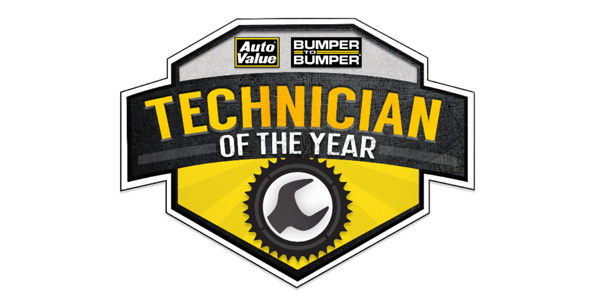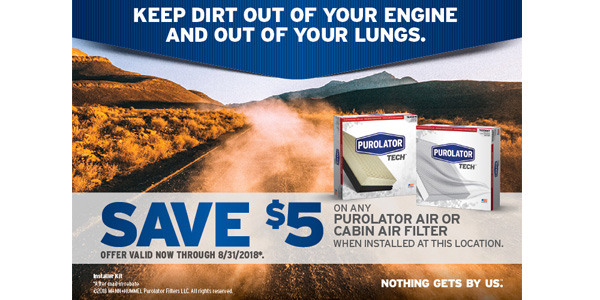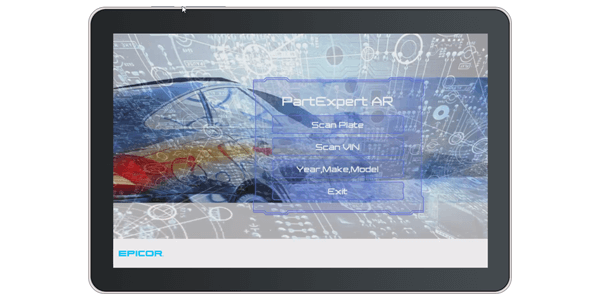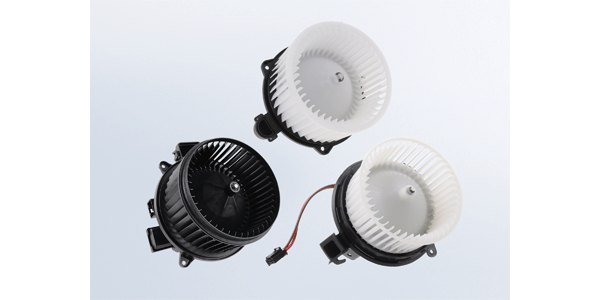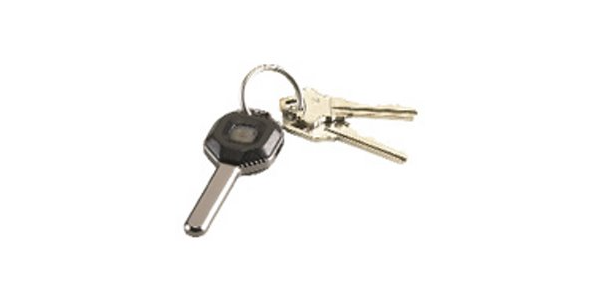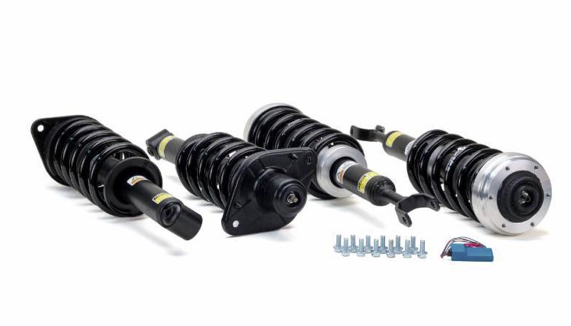By Tim Vaughan
High density storage is a great way to improve profitability in parts and service departments, while reducing time, labor and resource costs. High density storage uses less space and makes keeping track of inventory easier. Storing the highest volume parts where they can be accessed easily and quickly reduces transaction time and increases profitability. Replacing existing storage shelves with new high density storage units can reduce a parts department’s footprint by as much as 50 percent, while increasing the number of parts stored.
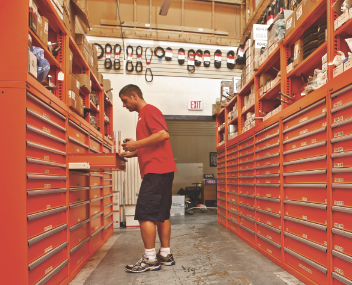
 Try these nine handy tips for implementing a high-density storage solution and getting the most out of it.
Try these nine handy tips for implementing a high-density storage solution and getting the most out of it.
1. Start by finding out which are your fastest-selling parts
To discover the fastest moving parts, run a report from your business management system for the last 12 months that shows your parts sales by unit volume. From that report, focus your attention on the parts that you have sold the most of in the last 12 months. Store these parts as close to the parts counter as possible.
2. Use a high-density storage cabinet near the service counter
Install a high-density storage cabinet near the service counter, stocked with the 100 to 200 fastest-moving parts. Make sure it’s within easy reach (two steps) of parts department personnel at each point of sale. The goal is to reduce the average transaction time, allowing both service department and walk-in customers to be processed more quickly.
By keeping the parts that are sold most frequently close to the transaction counter, you reduce foot traffic and movement. Time lost by having to go to the back room to find a part really adds up, increasing the average transaction time and resulting in lost customers and revenue. Storing these best sellers in high density drawers also gives better inventory control by giving parts personnel a visual inventory.
3. Duplicate your fastest-moving parts
Consider duplicating your fast-moving parts at each check out point on your parts counter. So, if you have two walk up positions, have the same fast-moving parts in both locations. Again, your goal is to reduce your transaction time, lowering your labor cost and improving your ability to have happy satisfied customers.
4. Organize your high-density storage cabinets by type
How parts are organized within the high density storage cabinet is also key. The most efficient way to store parts is by type. For example, automobile dealerships should keep all the spark plugs together, as well as fuel filters, primer bulbs, pulleys, spindles, and springs. Once labels have been affixed to the drawers and bins, anyone can locate a part more easily by visually finding it among like parts. Because 75-80 percent of all fast-moving parts can be stored in this effective way at the parts counter, retrieval time is significantly lowered.
Consider organizing multiple manufacturers with similar parts together for easy cross referencing. When customers come in looking for parts, the parts clerk can open up the drawer that has a particular part, from a variety of manufacturers, stored in one place. They can select the correct one without having to rely on a time consuming parts look up function.
Efficiencies achieved by high-density cabinet storage systems organized this way can even reduce parts department staffing needs, greatly improving the return on investment for the new storage system.
5. Select shelving that takes advantage of the power of high-density storage
You will want to purchase shelving for use with high-density storage. You are not going to want to store the bigger bulkier items in a cabinet. A 5-inch cube or smaller is the optimum size to really take advantage of the power of high-density storage. Shelving is probably still the best option for storing larger, bulkier items.
6. Use a drawer organization system
Once you have determined what parts would be a good fit, think about how you would organize them. In most cases you will identify each part with an exact location using an alpha-numeric system, for example, Cabinet A, Drawer 1, Row A, position 1. Using primer bulbs as an example, if you had 5 different primer bulbs, they might be stored in Cabinet A, Drawer 1, Row A, position 1, position 2, position 3, and so forth. They are all together, easy to find and easy to inventory.
7. Take advantage of high-density storage features to regularly conduct inventories
Just as you close out your cash drawer at the end of each day to make sure it balances, it is important to inventory your fast moving parts at least three times per year to make sure that what your business management system says you have in inventory is actually there. By conducting a “rolling inventory” based upon the number of times a part turns each year you can reduce the total time it takes to do an annual inventory and have a more accurate account of what you really have on hand. Using the high density cabinets makes conducting an inventory check quick and efficient. You can assign a parts person the task of inventorying a drawer or a cabinet as the customer flow changes on an hour to hour basis.
8. Make sure the correct size parts are stored in the correct-sized drawers
Purchasing a high-density drawer storage system is a significant investment. Make sure you make the most of the system.
Your cabinet vendor should begin by doing a physical inventory, measuring the space available, and preparing layouts showing where all items will be placed. This will tell you how much existing storage is used, and how much space can be gained from new storage.
The key to achieving success is to make sure the correct size parts are stored in the correct sized drawers. Removing fixed shelves spaced 10 to 15 inches apart removes a considerable amount of air. One rule of thumb is that three to five sections of shelving (about 9-15 linear feet) can be condensed down to a single eye-level cabinet measuring about 28 inches by 28 inches. Another way of looking at it is that shelving 18 inches deep and 84 inches tall is underutilized and uses no more than 50 percent of its capacity, and sometimes as low as 30 percent. Using the complete cubic storage capacity of each drawer allows the parts department to store the correct parts in the correct drawers.
Keeping in mind that some parts are simply not conducive to storing in drawers, especially items that turn over too fast or are big and bulky, some shelving or a bulk rack is still necessary. But setting up a counter with the most popular parts stored in counter level cabinets will free up a significant amount of space. Parts not sold frequently can be stored in a back corner, away from high traffic areas. Not having to leave that front counter increases face time with internal and external customers, turning over transactions faster.
9. Now, sit back and use all that extra space for something productive
Now that you’ve successfully implemented a high-density storage solution, be sure to take advantage of all the extra space you have. Transform the area that used to house hulking gray, dusty storage shelves into square footage that can be used for expanding the whole goods displays on the selling floor or for taking on new lines without needing additional storage space.
Tim Vaughan is the Vertical Market Manager for Automotive and Outdoor Power Equipment Dealerships at Stanley Black & Decker’s Lista and Stanley Vidmar businesses. He has more than 15 years of experience in the automotive dealership industry, working as consultant/designer on multiple dealership initiatives. Tim has been involved in the design and implementation of over 700 dealership projects, for both new and remodeled facilities.

